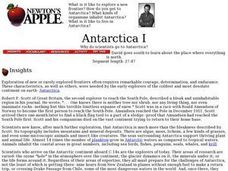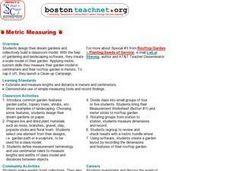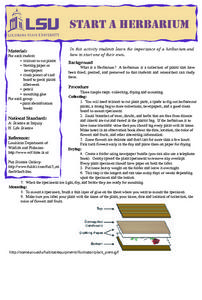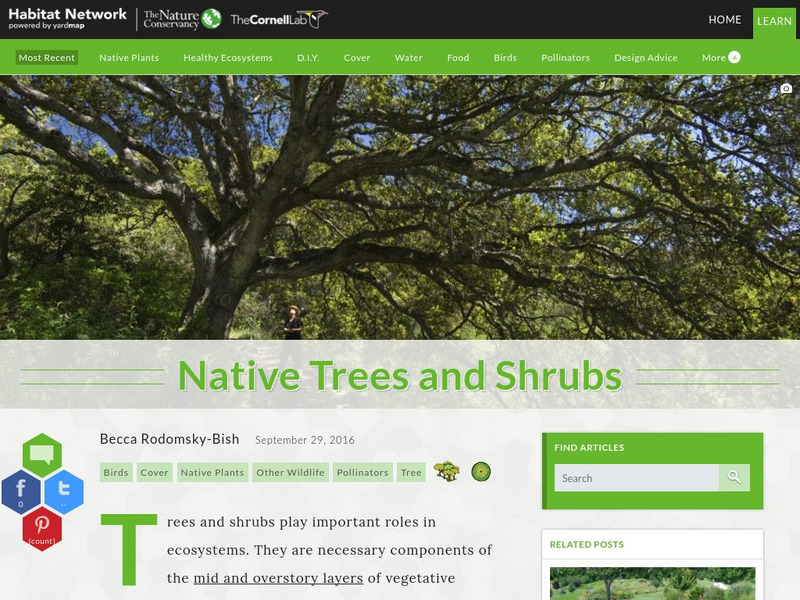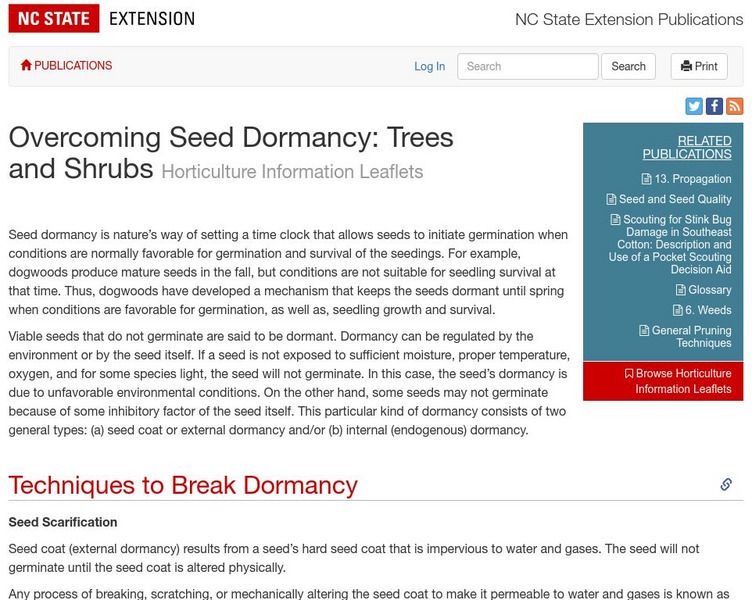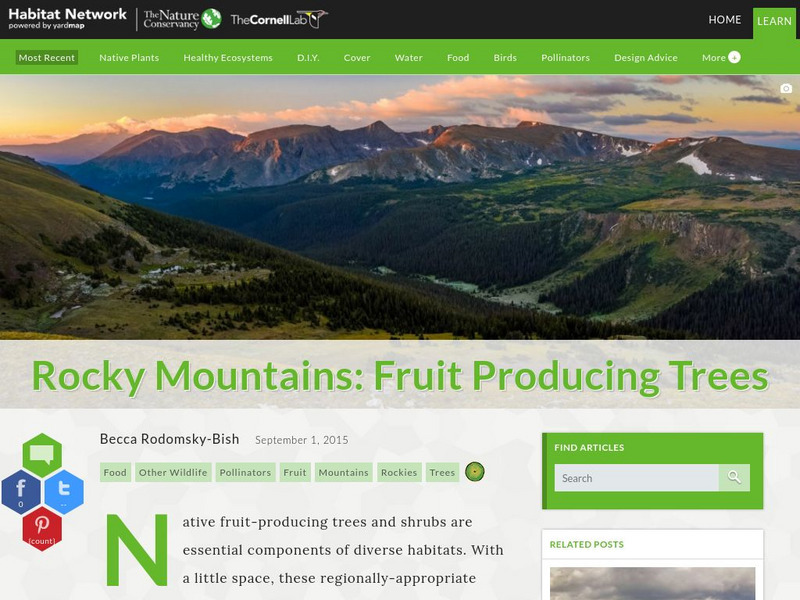Curated OER
Antarctica I
Students explore exploring and expiditions then simlate their own on campus. They divide into small "expedition groups." Have each team report back to the class about their expeditions, using written, oral, or videotaped presentations.
Curated OER
Mapping Your Schoolyard Habitat
Students explore the terrain, structures, plants and signs of habitats around their schoolyard. They draw a sketch map showing the different areas around the schoolyard. Students identify the location of weeds and native plants on their...
Curated OER
"Cacti" Reading Comprehension-- Informational Passages
In this reading for information worksheet, students read a passage about cacti. Students answer 5 comprehension and 5 vocabulary questions.
Curated OER
THE PEANUT WIZARD
Students read information about George Washington Carver and outline the information. They are given peanuts in the shell, students examine them and eat them. Students discuss the following questions: Why did George Washington Carver...
Curated OER
Guetemala's Changing Forest
Eighth graders compare their local ecological zone to the tropical rainforest. In this natural ecology lesson, 8th graders complete an activity about the differences in ecological zones. They compare their biome to the Guatemalan...
Curated OER
Sentence Editing
In this sentence editing practice worksheet, 5th graders edit 8 sentences. Students must insert commas and semi-colons in the appropriate places.
Curated OER
Earth Day
In this crossword puzzle worksheet, students identify the words that relate to Earth Day by reading the 14 clues. Students complete the crossword puzzle with the clues.
Curated OER
Have Fun With Technical Report Writing
Students use Clarisworks Word Processing and Spreadsheet, Quick-Take Camera and Software, and produce a publishable technical paper.
Curated OER
Variations
Sttudents examine populations of living things and identify variations in physical features.
Curated OER
Ecosystems
In this ecosystems worksheet, students complete a crossword puzzle with 35 questions about the different types of ecosystems and organisms in them.
Curated OER
What is a Dry Forest?
Learners explore the importance of the dry forest. For this science lesson, students discuss the history of dry forests and changes that have occurred due to human interaction. Learners create a map showing the historical range of the...
Curated OER
Metric Measuring
Students design their dream gardens and work together to build a class model. They use software to create a virtual model. They only use metric measurements.
Curated OER
Explorit's Foodplant Quiz
In this plants worksheet, students complete a five question multiple choice on-line interactive quiz about plants grown for food.
Curated OER
Start a Herbarium
Students explore importance of a herbarium and start one of their own.
Curated OER
Habitat Is Home
Students are introduced to the concept and components of a habitat. They discuss the key components of a habitat and describe how certain factors can cause disturbances in a habitat and change its population. Activities are leveled for...
Curated OER
Landscape Design
Students create a landscape plan and keep track of their costs. They present plans to a visiting contractor and designer.
Curated OER
Zen Gardens
Learners study the design elements and symbolism of Japanese gardens through a hands-on lesson in Zen Garden design.
Cornell Lab of Ornithology
Habitat Network: Native Trees and Shrubs
Find out why vegetation such as trees and shrubs play important roles in ecosystems.
NC State University
Horticulture Information Leaflets: Overcoming Seed Dormancy: Trees and Shrubs
Good list of examples of how dormancy in tree seeds can be overcome. In the discussion, you'll pick up a fair amount about dormancy in plants.
Cornell Lab of Ornithology
Habitat Network: Southeast: Fruit Producing Trees
Find out why native fruit-producing trees and shrubs are essential components of diverse habitats.
Cornell Lab of Ornithology
Habitat Network: Rocky Mountains: Fruit Producing Trees
Find out why native fruit-producing trees and shrubs are essential components of diverse habitats.
Cornell Lab of Ornithology
Habitat Network: Pacific Mixed Forest: Fruit Producing Trees
Find out why native fruit-producing trees and shrubs are essential components of diverse habitats.
Cornell Lab of Ornithology
Habitat Network: Northeast and Midwest: Fruit Producing Trees
Find out why native fruit-producing trees and shrubs are essential components of diverse habitats.
Cornell Lab of Ornithology
Habitat Network: California Chaparral: Fruit Producing Trees
Find out why native fruit-producing trees and shrubs are essential components of diverse habitats.
